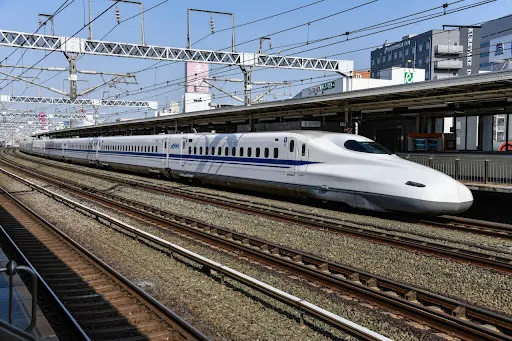Challenges of Indian Railways: Modernization and Upcoming Projects
Introduction
The Indian Railways, often hailed as the lifeline of the nation, plays a pivotal role in connecting people, goods, and regions across the vast expanse of India. As the fourth-largest railway network in the world, it faces a unique set of challenges stemming from its scale, complexity, and historical legacy. This comprehensive article delves into the challenges that Indian Railways is grappling with, its ongoing modernization efforts, and the ambitious projects on the horizon that aim to transform this critical infrastructure.
Historical Legacy and Infrastructure Constraints
One of the primary challenges facing Indian Railways is its legacy infrastructure, much of which has been in operation for decades. Aging tracks, bridges, and signaling systems require constant maintenance to ensure safe and efficient operations. The sheer volume of daily trains and the limitations of the existing network contribute to capacity constraints and challenges in maintaining punctuality.
Modernization Imperatives
Modernization is imperative to overcome the challenges posed by outdated systems and infrastructure. Embracing advanced technologies such as digital signaling, predictive maintenance, and high-speed trains can enhance safety, operational efficiency, and passenger experience.
Financing and Investment
Sufficient funding for modernization is a persistent challenge. Upgrading tracks, stations, and rolling stock requires substantial investment. Indian Railways is exploring avenues for private sector participation and public-private partnerships to mobilize funds for critical projects while ensuring a balance between modernization and financial sustainability.
Safety and Security
Safety is a paramount concern for Indian Railways. Preventing accidents, derailments, and collisions requires investments in modern signaling and train control systems. Ensuring the safety of passengers, crew, and infrastructure is an ongoing challenge that necessitates a comprehensive approach.
Operational Efficiency and Punctuality
Maintaining punctuality is a complex task, given the network's vastness and the multitude of factors that can affect train schedules. Efficient movement of freight, which contributes significantly to revenue, is also crucial. Balancing the interests of passengers and freight operators to optimize both passenger and goods traffic remains a challenge.
Urban Congestion and Last-Mile Connectivity
As urban areas continue to grow, congestion within cities and their suburbs is a pressing concern. Establishing efficient urban rail networks and seamless last-mile connectivity solutions are vital to decongest roads, reduce emissions, and enhance urban mobility.
Upcoming Projects and Transformative Initiatives
The Dedicated Freight Corridors are game-changing projects aimed at creating separate rail corridors for freight movement, freeing up existing lines for passenger traffic. This transformative initiative will enhance freight capacity, reduce transit times, and stimulate industrial growth along the corridors.
High-Speed Railways
The introduction of high-speed rail systems, such as the Mumbai-Ahmedabad Bullet Train project, represents a leap forward in rail technology for India. These projects promise to reduce travel times significantly and contribute to the modernization of rail infrastructure.
Modernization of Stations and Passenger Experience
The modernization of railway stations aims to provide world-class amenities, enhanced security, and improved passenger experience. Initiatives like digital ticketing, clean facilities, and passenger-friendly services are integral to transforming the way people perceive train travel.
Digital Transformation and Information Systems
Digital transformation is vital for streamlining operations, optimizing resource allocation, and improving decision-making processes. Utilizing data analytics, real-time tracking, and passenger information systems can enhance service quality and operational efficiency.
Conclusion
The Indian Railways, while facing significant challenges, is in the midst of a transformative phase. Modernization efforts, along with ambitious projects such as Dedicated Freight Corridors and High-Speed Railways, signify a commitment to revamping the nation's rail infrastructure. As Indian Railways continues to evolve, embracing technology, innovation, and sustainable practices will be crucial to meeting the demands of the future and reaffirming its position as an indispensable driver of India's economic growth and social connectivity.






0 Comments